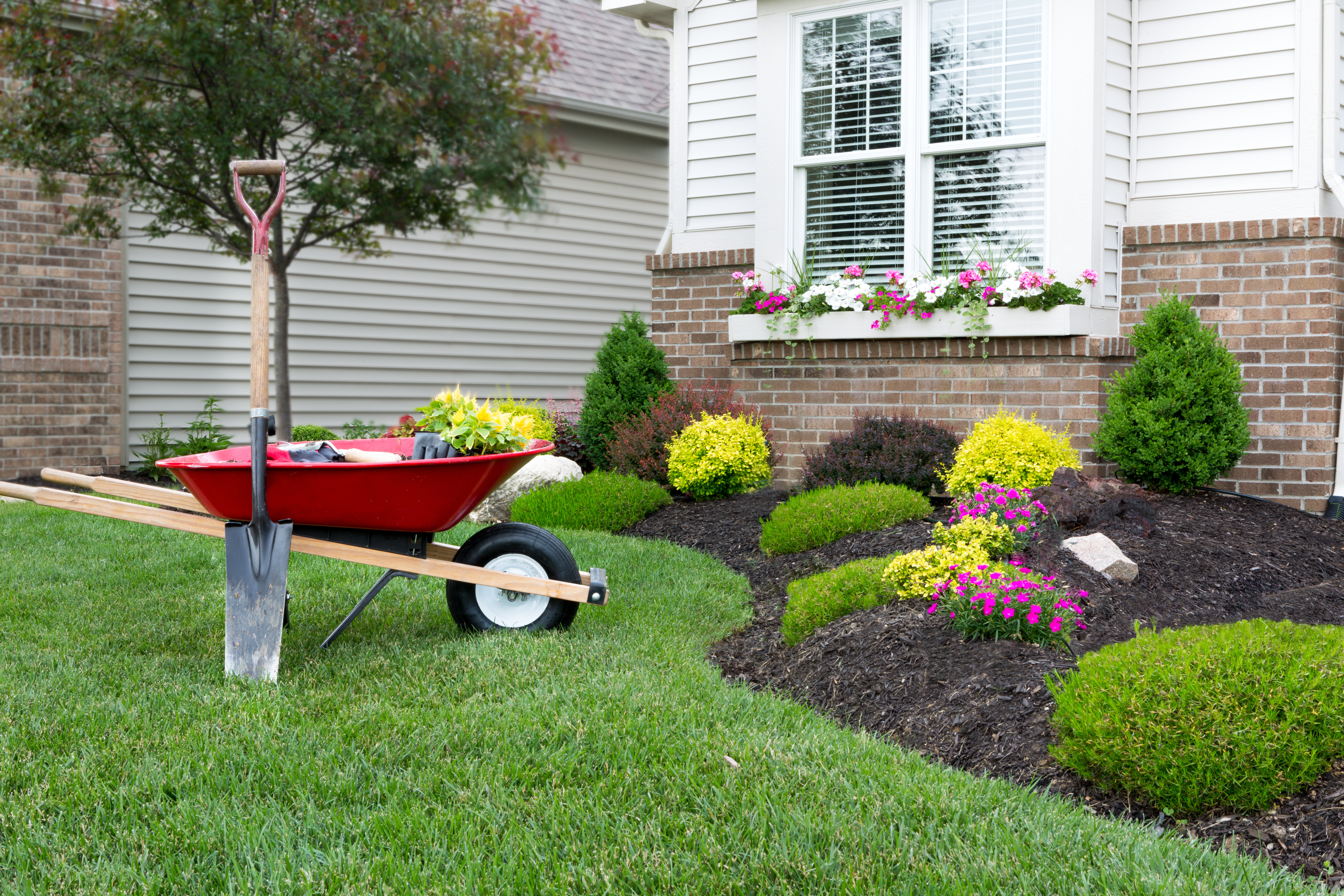Spring is the perfect time to refresh your yard and make smart landscaping choices that enhance your home’s beauty while lowering energy costs. The right plants, materials, and design strategies can help regulate temperature, reduce water use, and improve energy efficiency.
1. Plant Trees for Shade and Wind Protection
Properly placed trees can reduce cooling costs by blocking heat from the sun and provide wind protection during colder months.
Solution: Plant deciduous trees on the south and west sides of your home to provide shade in summer while allowing sunlight to warm your home in winter.
2. Use Mulch to Retain Soil Moisture
Mulching not only improves the appearance of your garden but also helps retain moisture, reducing the need for excessive watering.
Solution: Apply a thick layer of organic mulch around plants and trees to prevent water evaporation and keep roots cool.
3. Choose Native and Drought-Resistant Plants
Certain plants require less water and maintenance, making them a great choice for an energy-efficient landscape.
Solution: Opt for native plants and drought-tolerant species that thrive in your region’s climate with minimal irrigation.
4. Install a Smart Irrigation System
Traditional watering methods often lead to water waste and higher utility bills.
Solution: Use drip irrigation or a smart irrigation system that adjusts watering schedules based on weather conditions.
5. Incorporate Hardscaping to Reduce Heat Absorption
Materials like concrete, stone, and gravel can retain heat, making outdoor spaces warmer.
Solution: Choose reflective or permeable materials for walkways and patios to reduce heat absorption and prevent excessive warming of surrounding areas.
By making these simple but effective landscaping adjustments, you can create a beautiful, low-maintenance yard while improving your home’s energy efficiency. A well-planned landscape not only enhances curb appeal but also helps reduce cooling costs and conserves water throughout the season.
